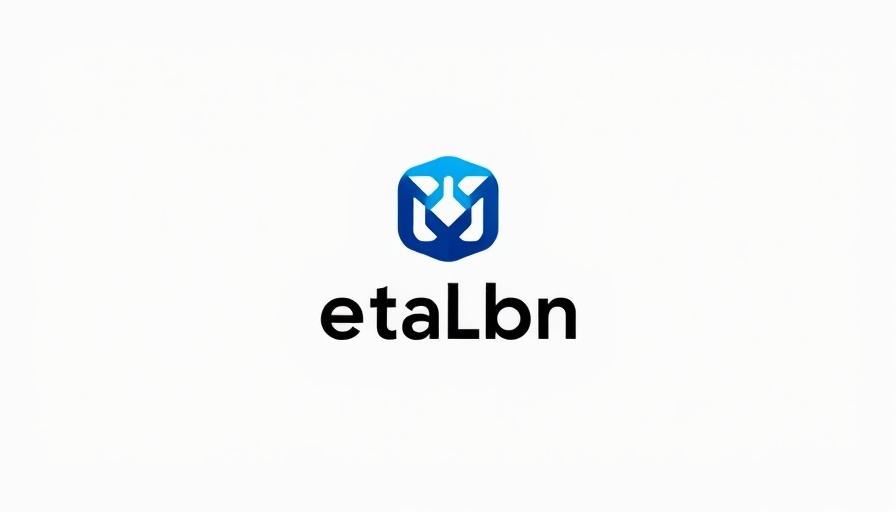
Understanding the Shifts in Social Media Regulations for Age Verification
As social media platforms navigate increasing pressure from governments to restrict access for younger audiences, the topic of age verification has become paramount. Several countries—including France, Greece, Denmark, Australia, and Spain—are proposing regulations that would limit social media access to users under a specific age (often 15 or 16). These legislative changes are largely a response to growing concerns about minors' exposure to online content that may not be suitable for their age group. Yet, the challenge remains: how can platforms realistically enforce these age restrictions in a meaningful and universal way?
The Technology Gap: Why Age Verification is Complicated
At the core of the age verification debate is the absence of a universal technology capable of accurately determining a user’s age across different platforms. Current approaches often fall short because they rely on users to self-report their ages, a method that is prone to inaccuracies. The tech giants like Meta (Facebook) have begun testing third-party verification systems, such as video analysis tools from Yoti, that aim to estimate a user's age with some degree of reliability. However, as of now, no widespread solution exists that can seamlessly integrate across all platforms.
The Role of App Stores in Age Verification
Meta has suggested a radical shift in responsibility, proposing that Apple and Google’s app stores take the lead in age verification during the download process. This would serve to offload some of the enforcement burden from social media companies to the app distributors—an idea that has met with resistance. Given their significant control over the market, both Apple and Google are hesitant to introduce policies that could result in expanded liabilities, a concern that complicates the legislative landscape.
A Global Challenge Requiring Local Solutions
The push for tighter regulations isn’t simply a matter of enforcing a cutoff age. It reflects broader societal concerns about the psychological effects of social media on adolescents. According to researchers, developmental milestones from ages 14 to 16 can have significant implications on a young person’s identity and social skills. As such, stakeholders—ranging from parents to policymakers and tech companies—are entering heated discussions about best practices that prioritize child safety while balancing user accessibility.
Possible Age Verification Technologies to Watch
While the discussion continues at the legislative level, several age-checking technologies are currently being piloted. For instance, biometric technology could serve as a potential solution, but it raises issues related to privacy and data protection. Companies are also exploring the use of AI-driven algorithms to detect age based on user-generated content. However, these technologies raise ethical and logistical questions related to user consent and accuracy.
The Path Forward: Finding a Balance Between Innovation and Regulation
As businesses considering the adoption of these age verification standards, understanding the implications behind them is crucial. Ensuring compliance with evolving legislation could present both risks and opportunities in terms of your business's growth strategy. The ability to demonstrate a commitment to safe social media use could enhance brand credibility and foster stronger relationships with clients and their families.
Making Informed Decisions: Strategies for Business Owners
Business owners should remain informed about the regulations affecting social media and consider implementing strategies that align with compliance. For example, fostering a community that educates users on responsible social media use not only positions your brand favorably but can also create a more loyal customer base. Additionally, investing in robust age verification solutions may present a competitive edge as legislative pressures mount.
As the regulatory landscape evolves, consider proactive strategies you can implement now. Engaging stakeholders in age verification discussions illustrates thought leadership in the industry, while ensuring that your business aligns with consumer safety expectations.
Ready to navigate the complexities of age verification in the social media landscape? Act now by assessing your current policies and exploring technology solutions that enhance safety and compliance!
 Add Row
Add Row  Add
Add 




Write A Comment